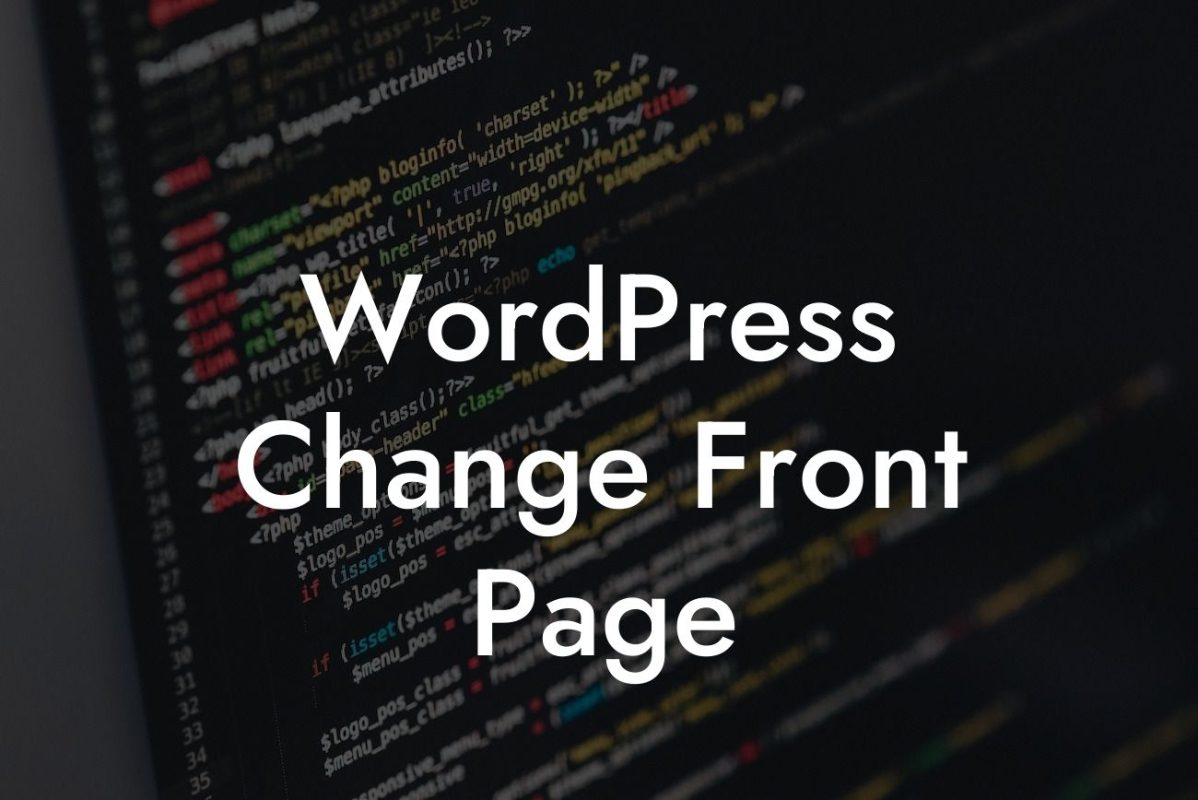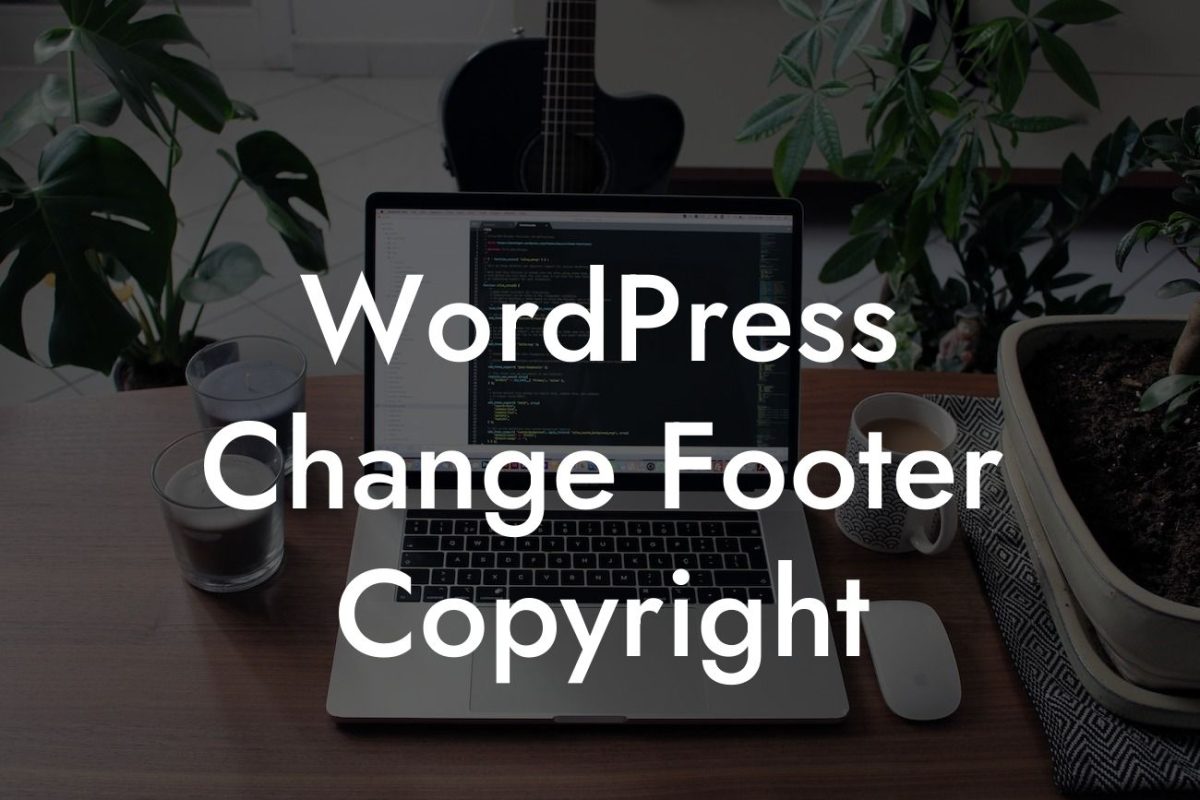Contact forms are a crucial element of any website, allowing visitors to get in touch with you, leave feedback, or request more information. However, most WordPress contact form plugins offer limited customization options, leaving your form design feeling generic and out of sync with your brand. At DamnWoo, we understand the importance of creating a powerful and visually appealing contact form that captures your audience's attention and provides a seamless experience. In this guide, we'll walk you through step-by-step instructions on how to customize your WordPress contact form and turn it into a highly effective communication tool.
Customizing your contact form starts with selecting the right plugin that offers advanced customization options. One of the most popular plugins is Contact Form 7, a user-friendly and highly flexible solution. With Contact Form 7, you can easily create and manage multiple forms for different purposes. Begin by installing and activating the Contact Form 7 plugin from the WordPress dashboard.
Next, let's delve into the customization process. Start by accessing the Contact Form 7 settings in your WordPress dashboard, where you'll find the default form. Customize the form's fields, labels, and placeholders to align with your branding and make it more user-friendly. Use HTML tags to add bold headings and bullet points to guide users through the form. Remember to keep the form concise and straightforward to avoid overwhelming your visitors.
To give your contact form a professional touch, take advantage of CSS customization. Contact Form 7 provides a dedicated area to add custom CSS classes and styles. With CSS, you can adjust the font size, colors, spacing, and even add background images to make your contact form visually captivating and consistent with your website's design.
Contact Form Customize Wordpress Example:
Looking For a Custom QuickBook Integration?
Suppose you run a web design agency called "Pixel Perfect Designs." In order to make your contact form align with your brand, you can customize the form fields to include labels such as "Name," "Email," "Phone Number," and "Message." Additionally, you can use CSS to change the font color to your brand's primary color (#FF3366) and adjust the button's background color to match your website's overall theme.
Now that you have mastered the art of customizing your WordPress contact form, it's time to elevate your online presence and supercharge your success. Explore other guides on DamnWoo to discover more tips and tricks for enhancing your website. Don't forget to try out our awesome plugins that are designed exclusively for entrepreneurs and small businesses like yours. Share this article with others who may benefit from the knowledge and let's revolutionize the way contact forms leave a lasting impression.













